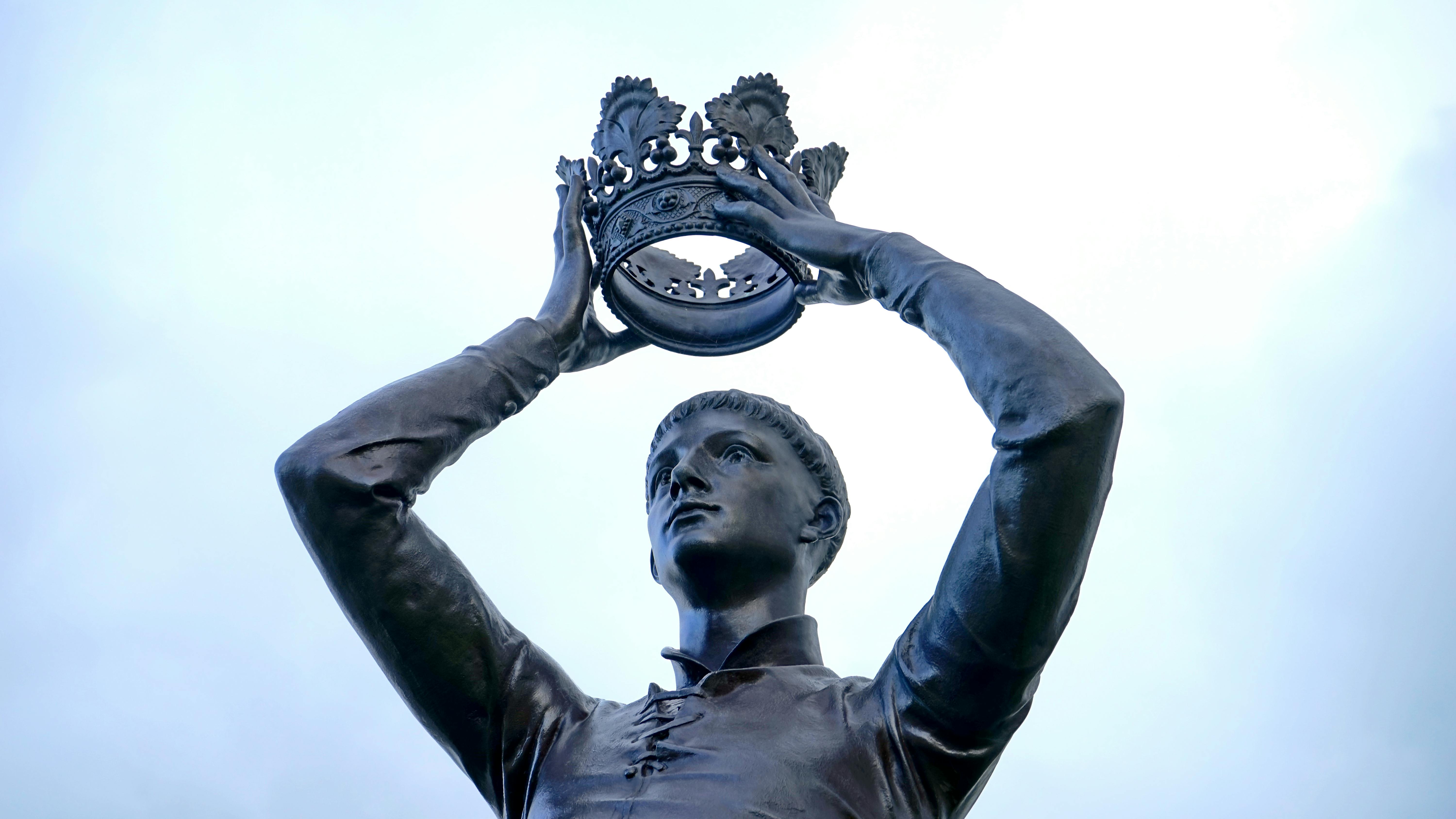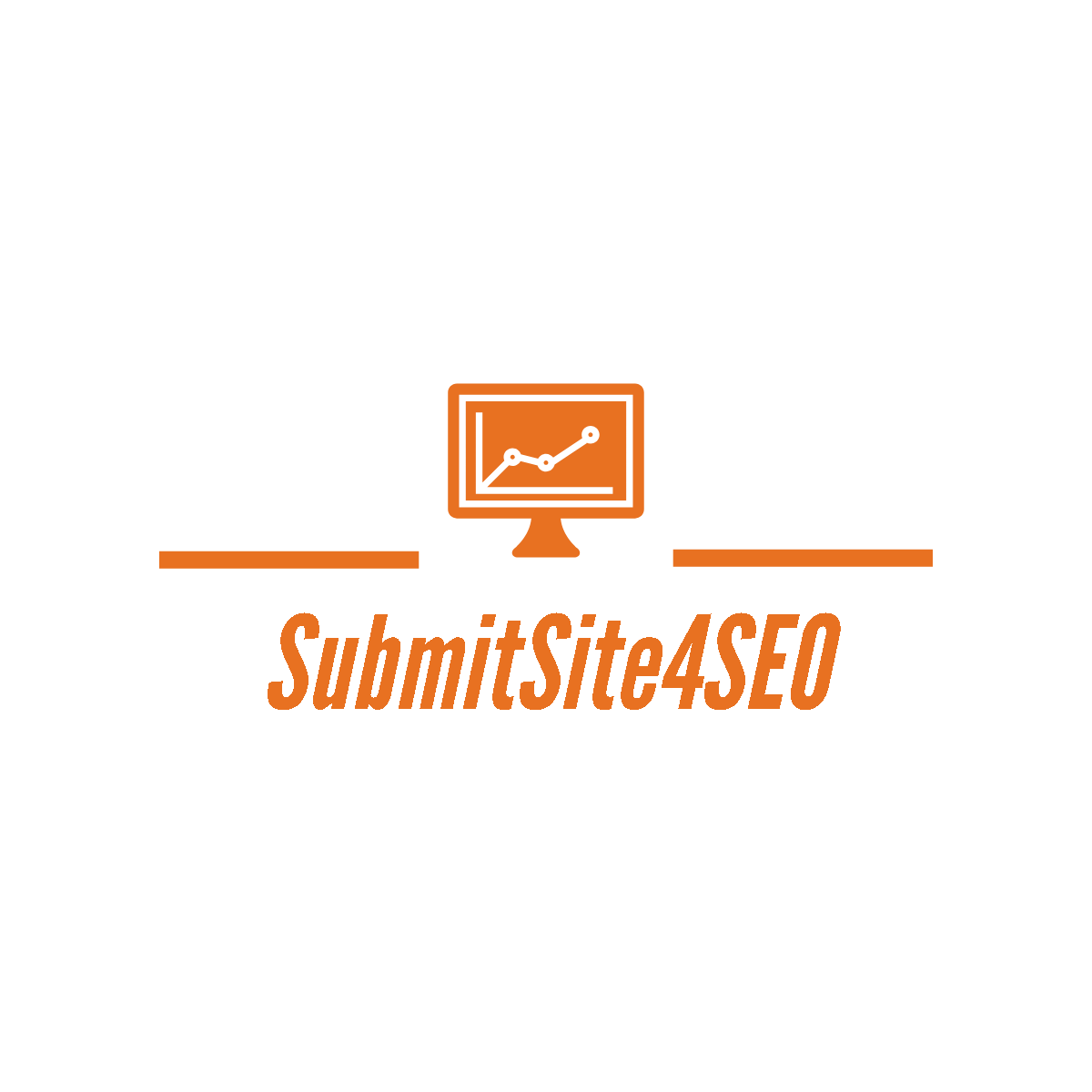Are you an art gallery owner looking to showcase the creativity of your artists online? Look no further! In this article, we will explore the world of SEO for art galleries and how it can help you optimize your website for peak performance. By harnessing the power of search engine optimization, you can ensure that your gallery stands out from the competition, attracts more visitors to your website, and ultimately drives more foot traffic to your physical space. Let’s dive into the exciting world of showcasing creativity through SEO for art galleries!

Why SEO is important for art galleries
In today’s digital age, having a strong online presence is crucial for art galleries to showcase their creativity and attract a wider audience. This is where SEO (Search Engine Optimization) comes into play. SEO helps art galleries increase their online visibility, attract the right audience, and drive traffic to their websites. By implementing SEO strategies, art galleries can effectively reach art enthusiasts, collectors, and potential buyers who are actively searching for artistic inspiration and new artwork.
Increasing online visibility
One of the key reasons why SEO is important for art galleries is to increase their online visibility. When art galleries optimize their websites for search engines, they have a higher chance of appearing in the top search results when potential visitors search for relevant keywords or phrases. This increased visibility helps art galleries to stand out from the competition and attract more organic traffic to their websites.
Attracting the right audience
Implementing SEO strategies enables art galleries to attract the right audience, which comprises art enthusiasts, collectors, and potential buyers. By targeting specific keywords and optimizing their website content accordingly, art galleries can ensure that their website appears in front of individuals who are actively looking for art-related information or looking to make a purchase. This targeted approach not only increases the chances of attracting the right audience but also enhances the overall user experience on the website.

Driving traffic to the website
SEO plays a crucial role in driving traffic to art gallery websites. By optimizing website content, art galleries can attract more organic traffic from search engines. Engaging and descriptive titles, unique and informative meta descriptions, and the proper use of header tags all contribute to improved search engine rankings and increased click-through rates. When art galleries appear high in search engine results, they are more likely to receive clicks from individuals looking for artwork, exhibitions, or events.
Keyword research
Keyword research is a fundamental aspect of SEO for art galleries. Identifying relevant keywords is essential to understanding what art enthusiasts, collectors, and potential buyers are searching for online. By incorporating these keywords into their website content, art galleries can increase their chances of appearing in relevant search results and attracting the right audience.
Using tools for keyword research
There are several tools available that can assist art galleries in conducting keyword research. Tools like Google Keyword Planner, SEMrush, and Moz Keyword Explorer provide valuable insights into search volume, competition, and related keywords. These tools help art galleries discover popular and relevant keywords, allowing them to optimize their website content effectively.

Long-tail keywords
In addition to targeting popular keywords, art galleries can also benefit from using long-tail keywords. Long-tail keywords are more specific phrases that have lower search volume but are highly targeted. By incorporating long-tail keywords into their website content, art galleries can attract more qualified traffic and increase the chances of conversions. For example, instead of targeting the broad keyword “abstract art,” an art gallery could target the long-tail keyword “contemporary abstract art in New York.”
Optimizing website content
Optimizing website content is another crucial aspect of SEO for art galleries. Creating engaging and descriptive titles is essential as they not only attract search engine users but also provide a clear idea of what visitors can expect when they click on the link. Art galleries should strive to write unique and informative meta descriptions that accurately reflect the content of each page. Using header tags, such as H1, H2, and H3, helps search engines understand the structure of the content and improves the overall readability for visitors.
Optimizing images
Art galleries rely heavily on visually appealing images to showcase their artwork. Optimizing these images is essential for SEO purposes. Art galleries should choose high-quality images that accurately represent their artwork and engage visitors. Additionally, optimizing image file names and alt text with relevant keywords allows search engines to understand the content of the image, increasing the likelihood of appearing in image search results. Adding captions and descriptions to images further enhances the user experience and provides additional context for both search engines and visitors.
Mobile optimization
With the increasing use of mobile devices, optimizing websites for mobile users is crucial for art galleries. Responsive design ensures that the website adapts to different screen sizes and provides a seamless browsing experience regardless of the device being used. Fast loading speed is essential for mobile optimization as users expect websites to load quickly on their mobile devices. Art galleries should also ensure that their website has mobile-friendly navigation, making it easy for visitors to explore different artworks, exhibitions, and events.
Local SEO
Local SEO is particularly important for art galleries as they often cater to a specific geographic area. Claiming and optimizing the Google My Business listing is essential to enhance local visibility. Art galleries should include location-specific keywords throughout their website content to increase the chances of appearing in local search results. Getting listed in local directories, such as Yelp or TripAdvisor, helps art galleries gain additional exposure and attract visitors who are actively looking for local art galleries.
Link building
Link building is a crucial component of SEO for art galleries. By creating quality content that showcases their artistic expertise, art galleries can attract backlinks from other websites, which improves their domain authority and search engine rankings. Guest posting on relevant art blogs allows art galleries to reach a wider audience and generate valuable backlinks. Collaborating with other art galleries for a link exchange is another effective strategy to build a network and increase exposure within the art community.
Social media integration
Social media integration is an essential aspect of SEO for art galleries. Sharing gallery updates, new artwork, and upcoming events on social media platforms helps attract visitors to the website. Embedding social media feeds on the website enhances the overall user experience and encourages visitors to engage with the gallery’s social media profiles. Art galleries should also encourage social sharing of artwork by providing easily accessible sharing buttons on their website.
Monitoring and analytics
Monitoring and analyzing website performance is crucial to the success of SEO for art galleries. By using tools like Google Analytics, art galleries can track various metrics such as website traffic, bounce rate, and conversions. Analyzing keyword rankings helps art galleries understand how well their website is performing in search engine results for different keywords. Monitoring backlinks helps art galleries identify new linking opportunities and ensure the quality of existing backlinks.
Staying up to date with SEO trends
SEO is a constantly evolving field, and art galleries need to stay up to date with the latest trends and strategies. Following industry blogs and forums provides valuable insights into emerging SEO trends and best practices. Attending SEO conferences and webinars allows art galleries to learn from industry experts and network with other professionals. Experimenting with new strategies enables art galleries to stay ahead of the competition and drive continuous improvement in their SEO efforts.
By implementing SEO strategies, art galleries can enhance their online visibility, attract the right audience, and drive more traffic to their websites. Through keyword research, website optimization, mobile optimization, local SEO, link building, social media integration, and monitoring and analytics, art galleries can effectively showcase their creativity and ensure that their artwork reaches a wider audience in the digital landscape. Staying up to date with SEO trends ensures that art galleries maintain a competitive edge and continue to thrive in an increasingly digital art world.




